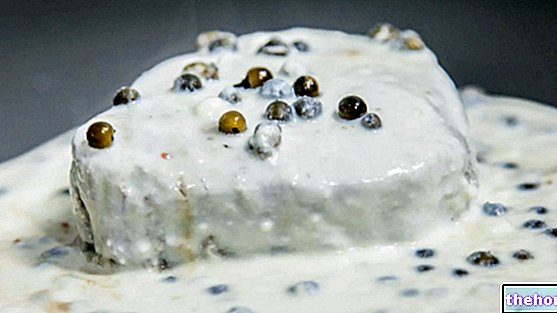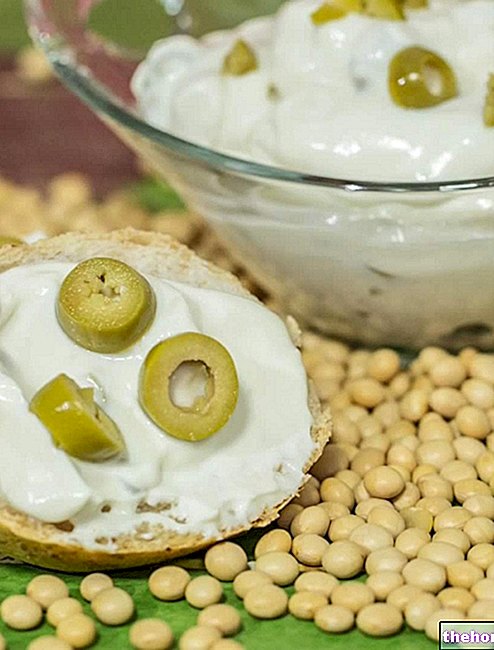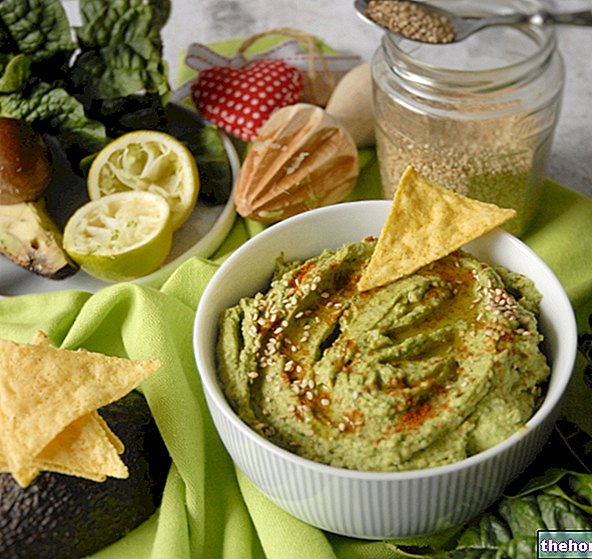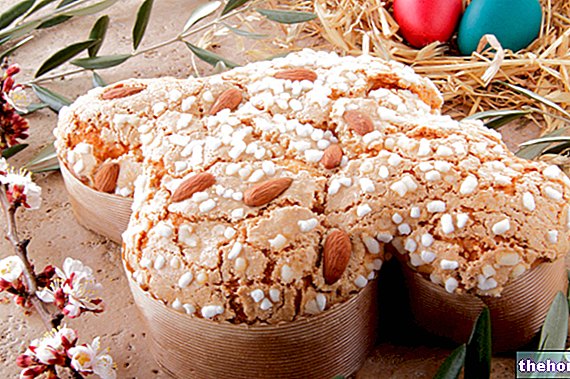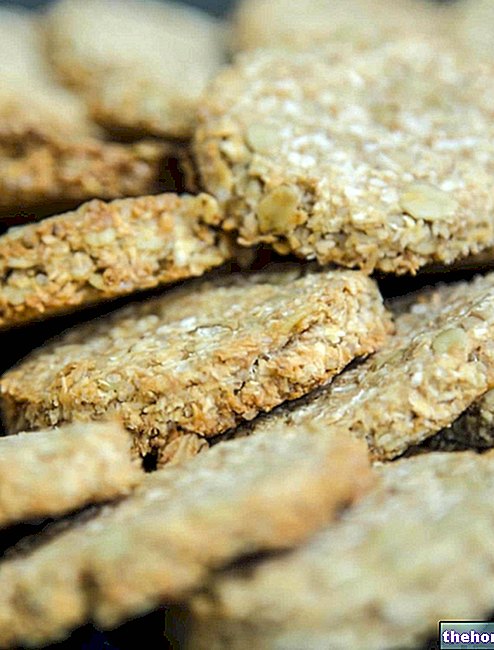Have you already experienced that wonderful sensation in which the kitchen is filled with the fragrant scent of homemade bread? I think it is one of the most pleasant perceptions I feel while cooking. Do you want to experience this wonderful sensation too? Try to prepare durum wheat bread and you will feel like you are in a bakery!
Video of the Recipe
Problems with playing the video? Reload the video from youtube.
Identity Card of the Recipe
- 236 KCal Calories per serving
-
Ingrediants
- 500 g of re-milled durum wheat semolina
- 270 ml of water
- 1 g of brewer's yeast
- 5 g of brown sugar
- 50 ml of extra virgin olive oil
Materials Needed
- Bowl
- Sieve
- Baking tray
- Baking paper
Preparation
- Sift the durum wheat semolina and collect it in a bowl.
- Dissolve 1 g of fresh brewer's yeast in warm water, adding a teaspoon of cane sugar. Pour the liquid into the semolina and mix by adding the extra virgin olive oil; as the last ingredient and away from direct contact with the yeast, add the salt: continue to mix the dough with your hands, for a long time, until you get a soft, velvety and lump-free dough.
- Transfer the dough to a bowl, cover with cling film and leave to rise at room temperature for 24 hours.
Some useful advice
- Mix with WOOD spoons: steel can alter the fermentation processes.
- Mix with WARM water (30-38 ° C): yeasts work well at mild temperatures.
- Remember to add SUGAR, honey, barley malt or agave syrup: sugars are the nourishment for the yeasts.
- Cover the bowl with transparent FILM to maintain the right degree of humidity and prevent the surface from drying out.
- The ideal yeasts for bread are natural ones, that is brewer's yeast (dry or fresh), mother yeast (in doses equal to 30% of the total weight of the flour) or poolish.
- Remember to sift the flour to aerate it, or to oxygenate it: by incorporating the air inside it, the dough will be lighter and softer because the greater amount of air trapped in the flour will allow better absorption of water, consequently the gluten will form more smoothly. Furthermore, this simple procedure will allow us to obtain a lump-free dough.
- The long leavening will allow the yeasts to develop aromatic compounds that will give the dough a special aftertaste; moreover, the long leavening will make the bread more easily digestible.
- After 24 hours, take the bread and roll it out with your hands, taking care to trap the air bubbles. Obtain a rectangle and proceed with the folds of stretch and fold, which will give the dough more strength and favor the development of the dough in height. To fold the rectangle, bring a flap towards the center, as well as for the other flap. At this point, close in a bundle bringing the two short sides towards the center and roll the dough on the pastry board to obtain a ball.
- Return the ball of dough to the bowl and let it rise for another hour. Repeat with the fold by opening the dough with your hands and folding again with the stretch and fold technique.
- Transfer the ball of bread dough to the baking tray, lined with parchment paper and let it rise for the last time, until it triples in volume (2 hours).
- With a file, make superficial cuts: bake in a static oven at the maximum temperature (eg 250-280 ° C) for 15 minutes, then lower to 200 ° C and continue cooking for another 15 minutes. To create optimal cooking conditions and to obtain a bread with a crispy crust, insert a saucepan of hot water while baking the bread.
- Allow the bread to cool in the oven, on the grill, before cutting into slices.
- Durum wheat bread can also be kept for 3 days, perhaps in a plastic bag. For a longer shelf life, cut the bread into slices and place it in the freezer: it will keep perfect even for 3 months.
Alice's comment - PersonalCooker
Durum wheat bread has a special flavor, and lends itself very well to accompanying sauces of all kinds or, simply, it can accommodate jam and chocolate cream.Nutritional values and Health Comment on the recipe
Durum Wheat Bread is a food that belongs to the III fundamental group of foods (cereals, tubers and derivatives).
It has a medium caloric content, mainly supplied by carbohydrates, followed by proteins and finally by lipids.
Carbohydrates are mainly complex, peptides of medium biological value and unsaturated (monounsaturated) fatty acids.
The fiber intake is high, while cholesterol is absent.
Contains gluten but is lactose free; histamine is absent.
That of Durum Wheat Bread is a recipe that lends itself to all diets, even if in portions and with variable frequency of consumption. It should be contextualized in the general diet in case of overweight, type 2 diabetes mellitus and hypertriglyceridemia.
It can normally be included in the diet of lactose intolerance but it is absolutely to be avoided in case of celiac disease.
Containing wheat proteins, it must be eliminated in the diet of specific allergy sufferers.
It is adapted to the vegetarian and vegan philosophy.
The average portion of Durum Wheat Bread - With Very Little Yeast is 50 g (about 120 kcal).

